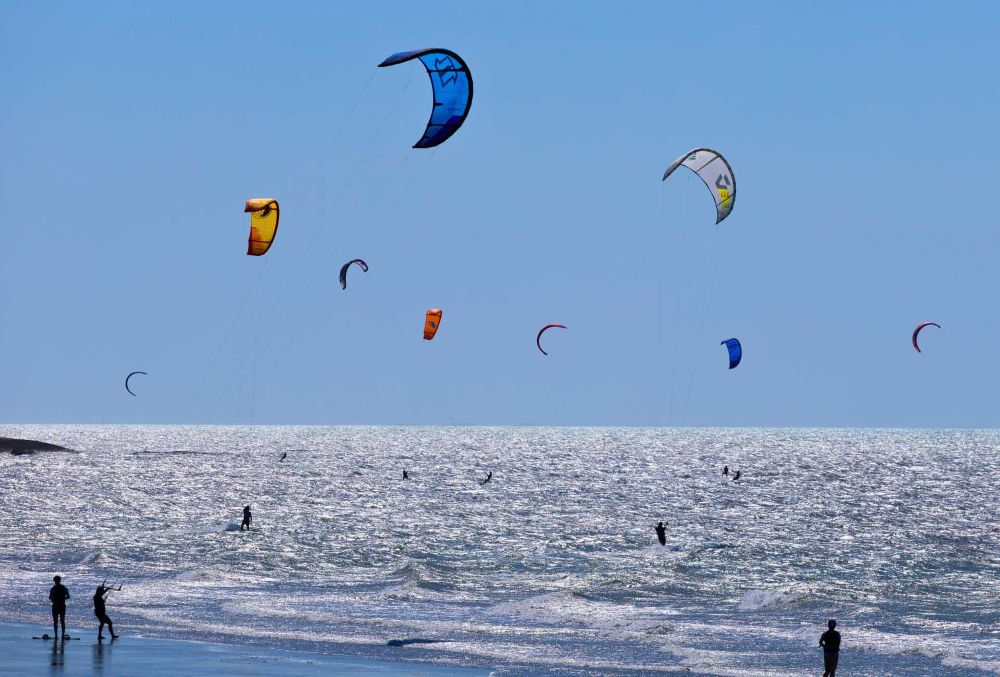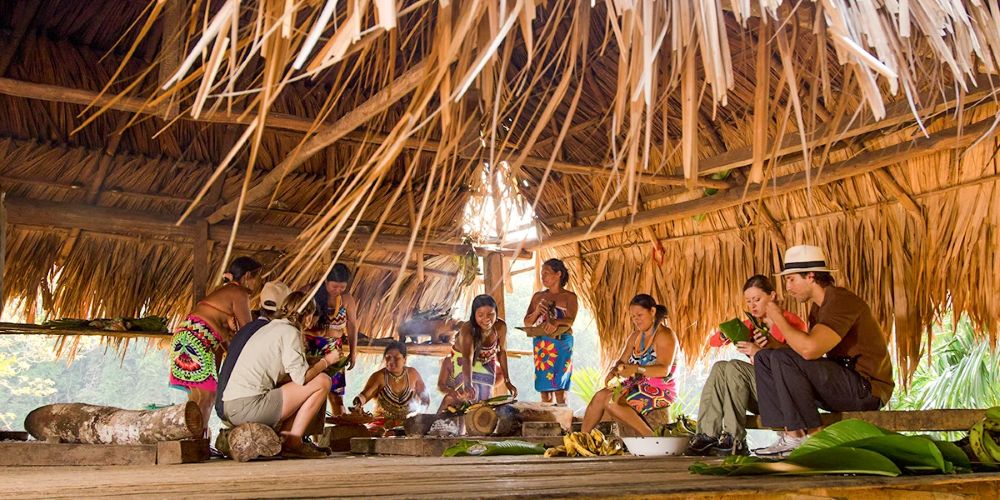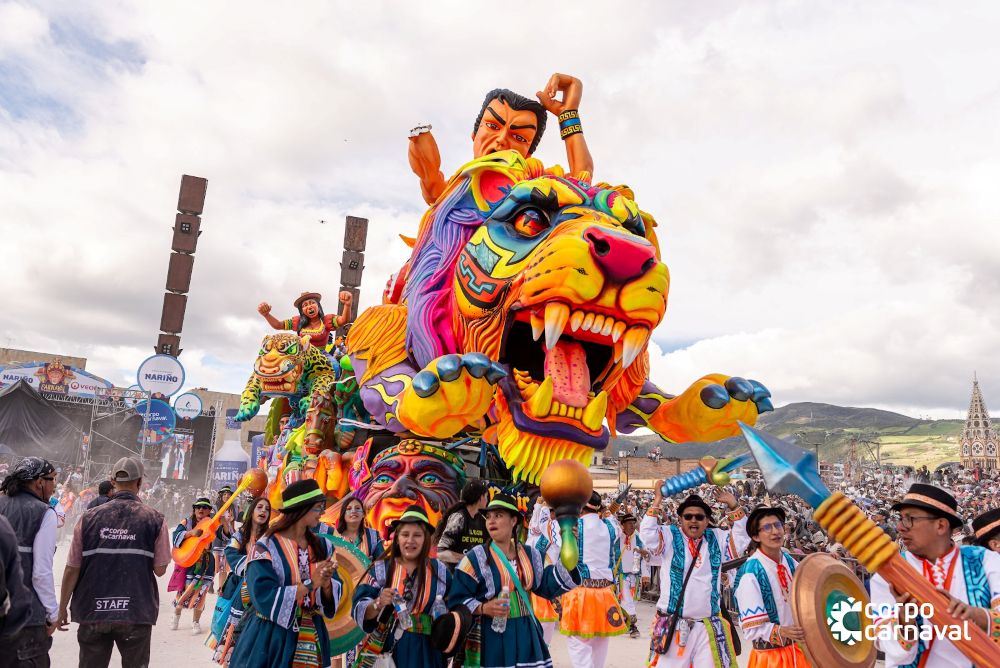In southern Bolivia, where the Chaco plains stretch between dry forests, seasonal rivers, and Guaraní communities, the Charagua Iyambae Indigenous Autonomous Territory has taken a decisive step toward sustainable tourism. Following an unprecedented participatory process, this autonomous government, the first of its kind in the country, has presented an official selection of its ten natural wonders. Out of more than fifty local proposals, only ten were selected after an open vote and validation by a technical committee composed of experts in biodiversity, geography, and land use planning.
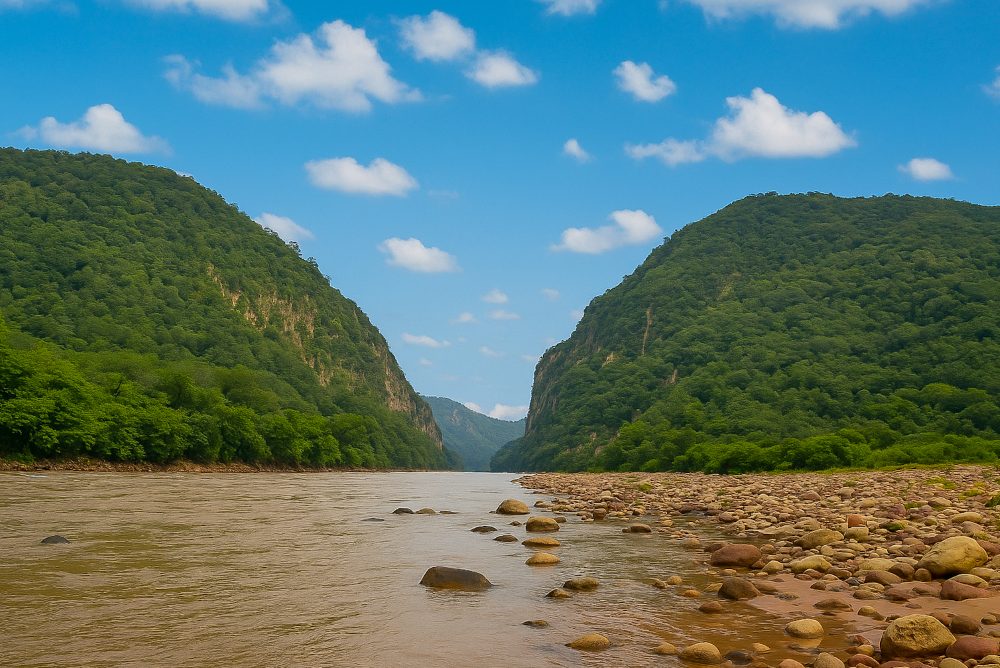
Much more than just a ranking, this selection represents a commitment to tourist itineraries aligned with the Yaiko Kavi Päve philosophy (full life, in Guarani), which integrates environmental conservation, indigenous autonomy, and community management of the territory. The selected sites are distinguished by their ecological or scenic value, their relative accessibility, and their symbolic importance to the Guarani communities.
The ten wonders
- Guira Waterfall: Located in the community of Guiracuputi, it is only accessible during the dry season. Its unspoiled natural environment is perfect for hiking, swimming in fresh water, picnicking by the river, and bird watching.
- Puerto Viejo Beach: Just 18 kilometers from the town of Charagua, this stretch of natural beach along the Guapay River becomes a popular place to relax between February and May, when rainfall is scarce. The site has great potential for river tourism.
- Charagua Hot Spring – Nestled in a little-explored ravine, these hot springs are currently used by the local community. Still off the beaten track, they offer great potential for development in the field of wellness tourism.
- La Vieja Bruja (Tacuarembó): This spectacular geological formation, topped by a seasonal waterfall, is steeped in local stories and beliefs. It occupies a special place in the collective imagination of the surrounding communities.
- Chorro de Piriti: Renowned for its panoramic views and dense environment, this difficult-to-reach waterfall is popular for medium to high-level guided hikes. It offers total immersion in the vegetation of the Bolivian Chaco.
- Parapetí Dunes: Located on the banks of the river of the same name, these dunes offer an unexpected landscape in the region. Frequented by researchers and students of geomorphology, they are distinguished by their rarity and scientific interest.
- Portal de Okita:This natural stone arch traditionally marks the entrance to ancient hunting and gathering grounds. Its importance is both geological and cultural, serving as a symbolic landmark for Guaraní communities.
- El Abuelo – Ndechi Akae : This interpretive trail offers a series of stops combining environmental knowledge and Guaraní stories. An immersive experience at the crossroads of nature and oral history.
- Paltas Salek : The first diversified agricultural production area in the territory, this region is dedicated to traditional avocado cultivation. It embodies a model of community management that combines food autonomy and sustainability.
- Chorro Grande – Pirapoguasu : Located on the Parapetí River, this ecologically rich site offers visitors the opportunity to observe remarkable biodiversity in a calm and preserved setting, especially during the dry season.
An organized territory, regulated access
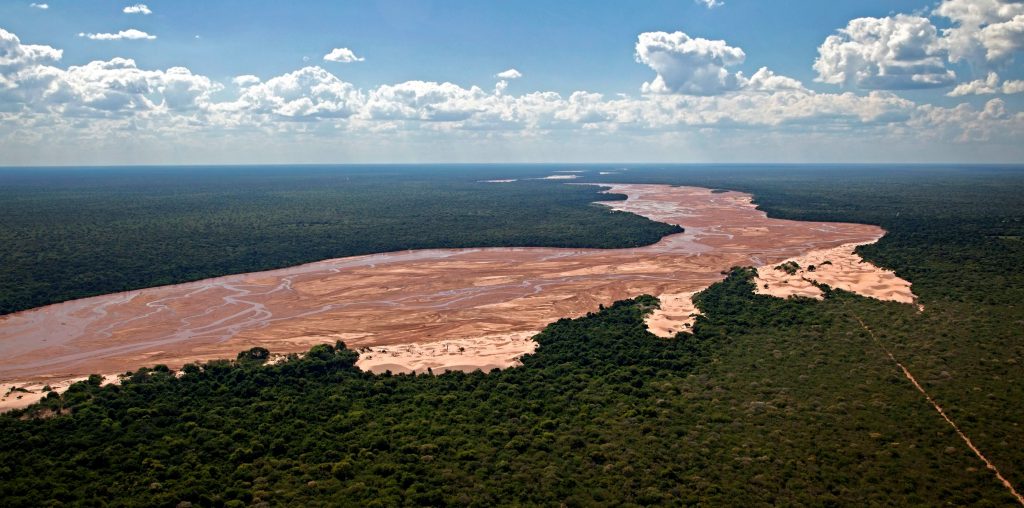
Since last year, Charagua Iyambae has had internal regulations recognizing more than five million hectares as conservation and regulated use areas, enabling clear planning of tourist routes in terms of access, permits, and environmental responsibility. These areas include sites such as the Kaa Iya del Gran Chaco National Park, the Ñembi Guasu Conservation Area, and community biocultural corridors such as Irenda Guaraní.
For travelers, this means the opportunity to follow clearly marked routes, accompanied by trained local guides, with visiting rules established by each community.
These ten natural wonders stand out not only for their beauty, but above all because they are part of a region that has managed to organize itself, define its own priorities, and implement them. In a context where tourism tends to become standardized, Charagua Iyambae offers another path: clear in its direction, consistent with its environment, and defined by those who live there.
Photos: César Pizarro | H. Justiniano


